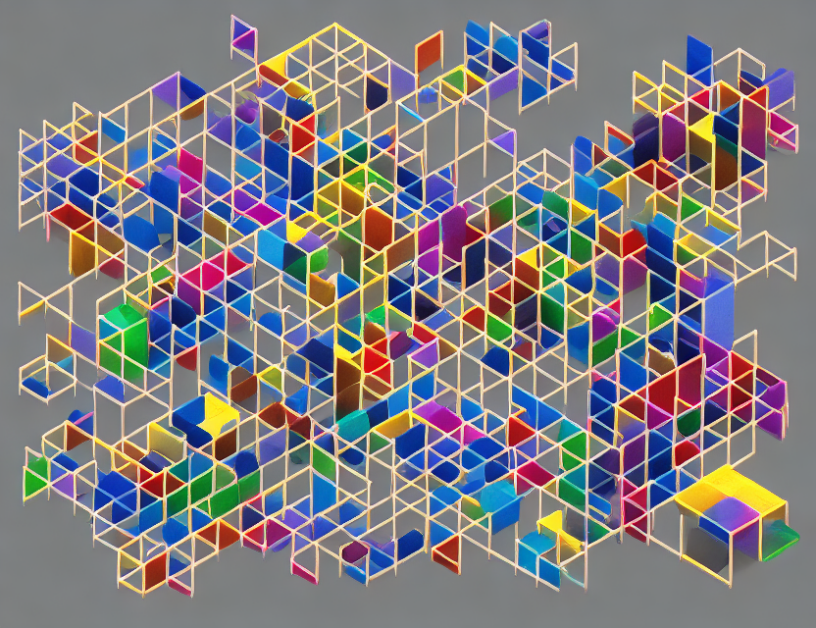In this research paper, Sathish Govindarajan and Siddhartha Sarkar present new algorithms to solve the minimum-membership geometric set cover problem. This problem involves covering a set of points in a plane with the fewest number of shapes (such as squares or rectangles) while ensuring that each point is contained within at least one shape. The authors improve upon previous algorithms by developing techniques that reduce the number of shapes needed to cover the set of points, making them more efficient and accurate.
The authors begin by explaining the context of the problem and how it has been studied in the past. They then delve into the mathematical formulation of the problem and the different types of legal cliques (sets of intersecting squares) that can be used to solve it. They highlight the importance of classifying cliques based on their position relative to a horizontal line, which affects their efficiency in covering the set of points.
The authors then describe their improved algorithms, which involve using a new technique called "top-anchored cliques" to cover the set of points more efficiently. These cliques are positioned above the line with respect to which the set of points is defined, allowing for a more precise and efficient coverage. The authors also demonstrate how their algorithms can be combined with other techniques to further improve their performance.
Throughout the paper, the authors provide detailed explanations of their methods and analyze their complexity in terms of the number of shapes used and the size of the set of points. They also compare their algorithms to previous approaches and show that they offer significant improvements in terms of efficiency and accuracy.
Overall, the authors’ work represents a significant advance in the field of geometric set cover problems, providing more efficient and accurate algorithms for solving these important problems in computer science. Their methods have broad applications in areas such as image processing, computer vision, and other fields where set cover problems arise. By demystifying complex concepts through simple language and engaging analogies, this paper makes a valuable contribution to the understanding of these important mathematical concepts.
Computational Geometry, Computer Science
Improved Algorithms for Minimum-Membership Geometric Set Cover



